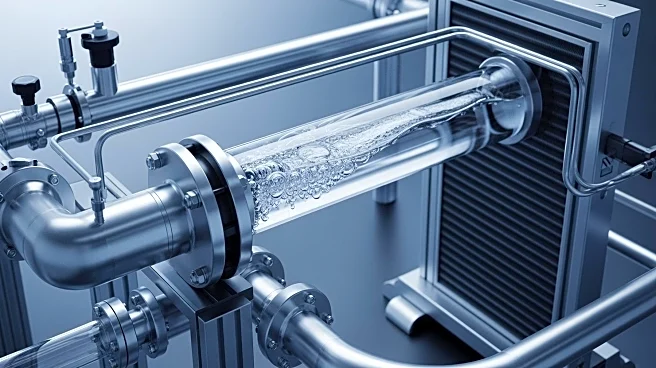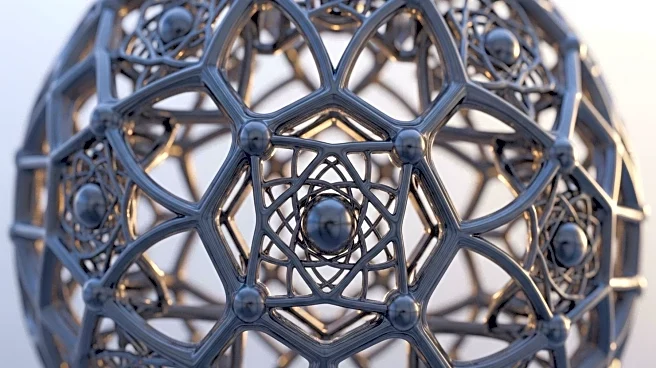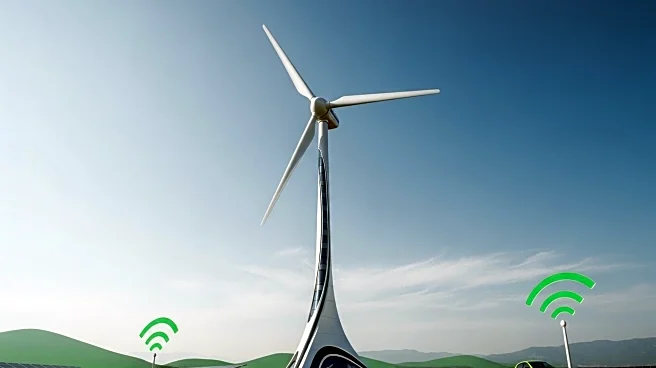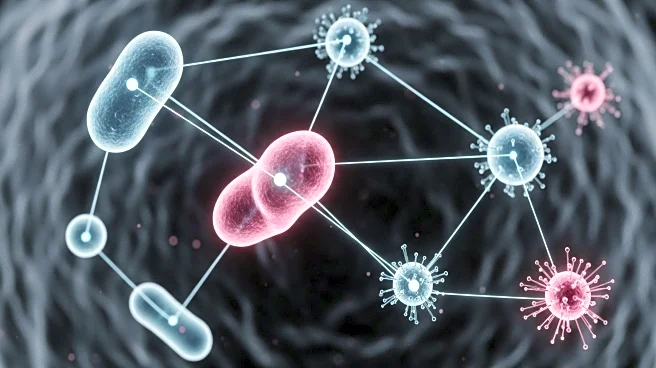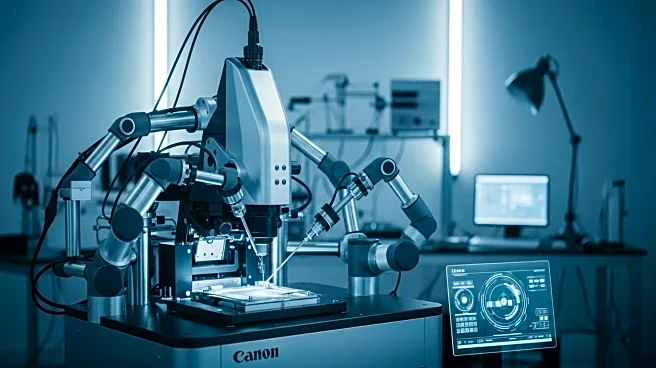What's Happening?
A comprehensive review of boiling heat transfer and friction factor correlations for NH3-LiNO3 mixtures in plate heat exchangers has been conducted. The study evaluates the predictive accuracy of various
models, comparing them against experimental data. The presence of LiNO3 introduces unique challenges, affecting heat and mass transfer performance. The review highlights the need for recalculating scaling factors to improve the accuracy of existing correlations, with the Taboas et al. model showing significant improvement after adjustments.
Why It's Important?
Understanding the heat transfer characteristics of NH3-LiNO3 mixtures is crucial for optimizing the performance of absorption refrigeration systems. Accurate predictive models enable the efficient design of heat exchangers, reducing energy consumption and enhancing system reliability. This review provides valuable insights into the behavior of NH3 mixtures, supporting the development of more efficient cooling technologies.
What's Next?
Future research will focus on refining the predictive models for NH3-LiNO3 mixtures, aiming to enhance their accuracy and applicability. Researchers will explore different configurations and materials to optimize heat transfer performance in plate heat exchangers. The successful development of reliable models could lead to more efficient refrigeration systems, supporting the transition to sustainable cooling technologies.
Beyond the Headlines
The study of heat transfer in NH3 mixtures also has implications for other fields, such as chemical engineering and process optimization, where efficient thermal management is crucial. The ability to accurately predict heat transfer characteristics could lead to advancements in industrial processes, providing more sustainable and cost-effective solutions.
